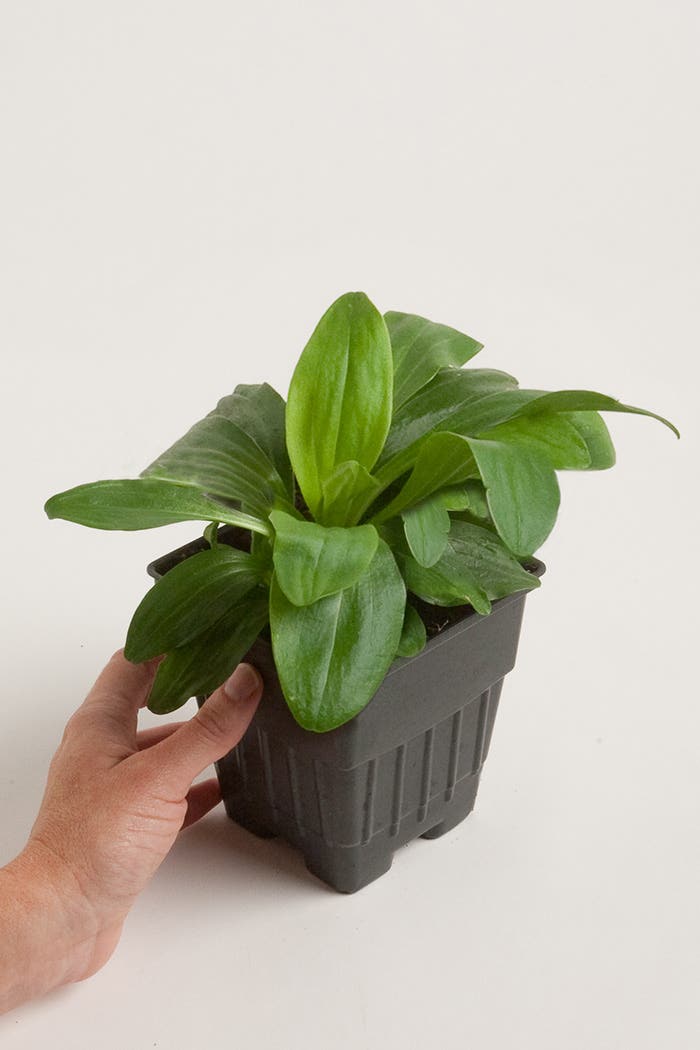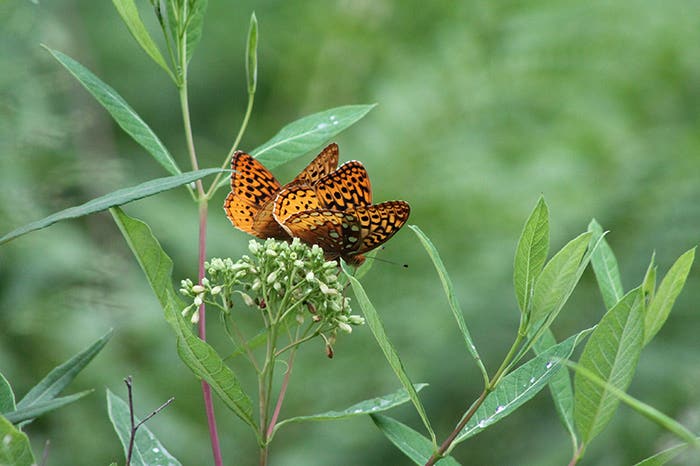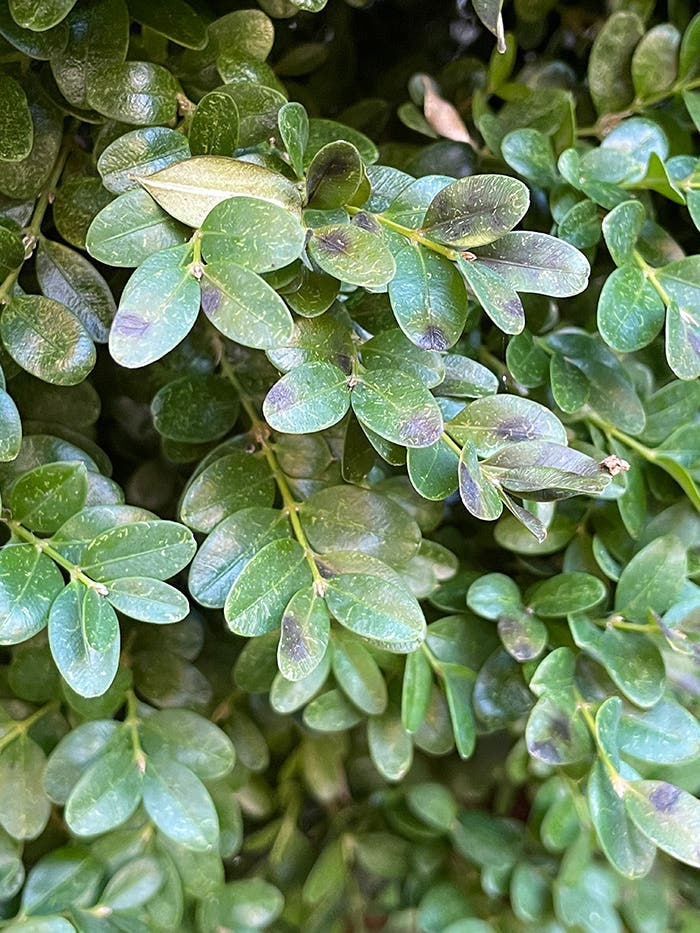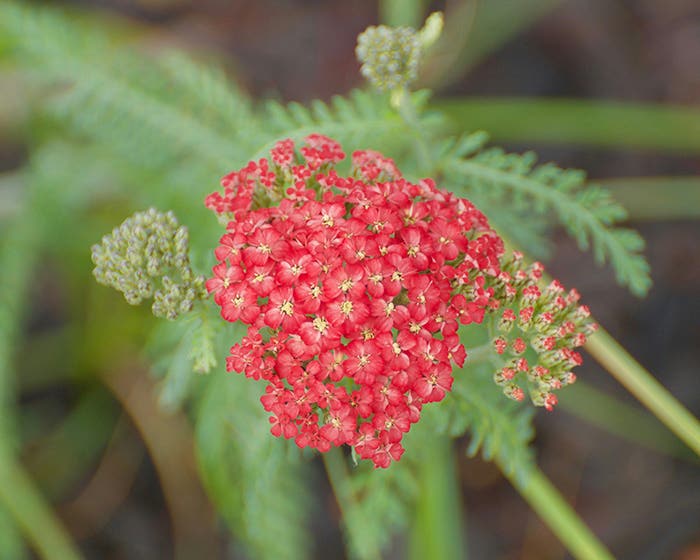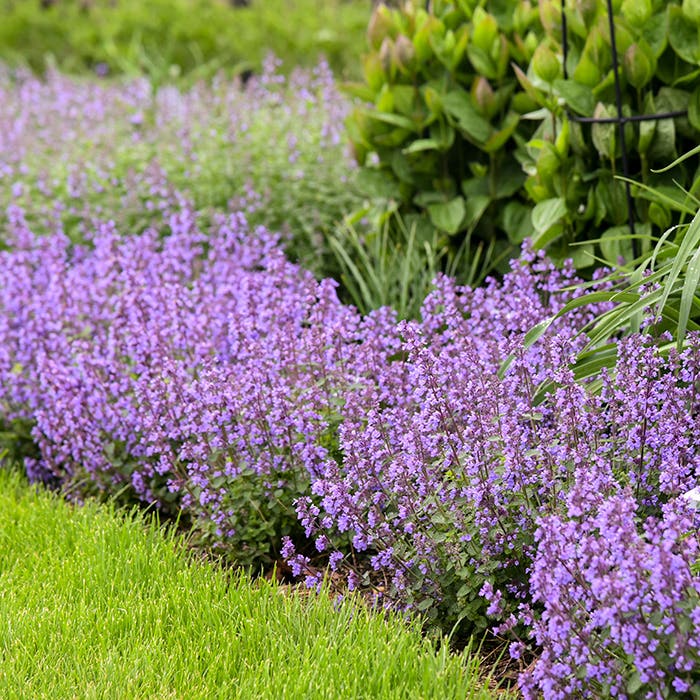Plant Adaptations Help Them Survive Climate Extremes
Tiny leaves suggest drought tolerance. Learn more clues here!
All plants have specific environmental requirements. To meet these needs, plants can adapt. Plant adaptations include changes to their physical structure, their behavior (how they react to the environment) or their physiology (down to cellular adaptations).
Plant Adaptations to Light
Since sunlight is essential to drive the photosynthesis process that is performed in foliage, plants have adapted in a variety of ways to get those leaves the sunlight they need. Some plants need much direct sunlight while others are more shade tolerant.
Where sunlight is at a premium, such as in an understory, plants can develop very large leaves to capture as much light as possible. That’s why many of our favorite shade-garden plants have broad foliage.
In terms of structure, plants can grow quickly and tall to capture the needed sunlight. This is especially true when they are competing with other plants. Just compare the shorter, full-crowned trees growing in an open site to the taller trees with small crowns in woods.
Some plants, like young sunflowers, can move to follow the sun. The scientific term for this is heliotropism. It is caused by different growth rates on opposite sides of the stalk. Another adaptation plants can make to light is called photoperiodism. These are physiological responses plants can make to changes in the duration of light and/or darkness.
Plants that respond to light have light-absorbing molecules called photoreceptors. These can cause changes in plant activities. Some plants correspond their flowering cycle to day length. “Short day” plants flower when day length is below some minimum threshold; the opposite holds true for “long day” plants. Although we refer to day length, it may well be that some plants are responding to the length of the night. And some plants take this even further and time actual flower openings to the time of day.
The purpose of photoperiodism is to align the plant’s life cycle with seasonal weather changes. A prime example is how shortening days help spur the changing colors and eventual loss of leaves on deciduous trees and plants. (Read all about that in “Why Tree Leaves Change Color in Autumn.”)
Plant Adaptations to Water
Water is essential to plants. It is absorbed from the soil by the roots and transpired into the air by the leaves. In terms of root development and water, if rainfall is rare and/or typically light, plants may develop a shallow but extensive root network to capture as much water as quickly as possible. Other plants may develop deep tap roots to reach water supplies well below the surface. Some plants, like succulents, can store water in fleshy roots, stems, or leaves.
The other thing plants can do is to cut back on transpired water. Some plants just have fewer leaves, smaller leaves or even no leaves, like cactus. (Read how silver leaves relate to drought tolerance.) Some plants will let their leaves fold or wilt when too much water is being lost through transpiration. If a water deficit occurs for a long time, be it seasonal or caused by drought, annual plants may just die, but leave seeds to germinate with the next significant rain. In subtropical climates, even where temperatures are never that cold, deciduous trees may shed their leaves if there is a significantly long dry season. (Related: “Wilted Plants: How the Garden Uses and Loses Water.”)
Plant Adaptations to Temperature
As for temperature, possible physical damage due to cold weather often coincides with limited water supplies as water may turn to ice. Plant adaptations often deal with both issues. Annual plants die off and deciduous plants lose their leaves. For trees, the bark provides insulation for the trunk and branches.
Most conifers bear year-round needle-like leaves with a waxy outer coating, making them more protected from the cold. Needle structure also diminishes water loss due to evapotranspiration. Other evergreen plants may have thicker, more leathery broad leaves, which are more resilient.
One such broadleaf evergreen, the rhododendron, is famous for curling its leaves during periods of cold temperatures. The thick, leathery leaves can tolerate temperatures below freezing but will fold when the temperature drops below 20oF (-7oC). We know that freeze damage occurs when the water in a leaf not only freezes but then thaws rapidly. Researchers have determined that the open leaf allows freezing during a cold night, but the curled leaf will not absorb as much sunlight the next morning, thus slowing the thawing process.
Meteorologically speaking, high temperatures are usually associated with a lack of rainfall. Again, some of the plant adaptations for limited water also help in reducing the effects of heat. Besides evaporating water through their stomata, leaves also absorb sunlight, producing heat. Some plants can change the leaf orientation to lessen solar radiation load, such as by folding or curling the leaves. Smaller leaves and fewer leaves will not only lose less water, but will also absorb less light. Light-colored leaves will absorb less sunlight than darker ones. And as mentioned above, some plants, and even deciduous trees, can just drop their leaves and go dormant during a hot, dry time of year.
Plant Adaptations to Wind
Strong winds pose a risk of physical damage to the point of destruction in some extreme cases. Anything growing along a coastline, especially where there are tropical cyclones, must deal with this threat. Trunks of trees like palms or stalks of other plants may just be flexible and bend with the wind. Trees like live oaks develop massive trunks and branches that can stand up to hurricane force winds. Deep tap roots provide a good anchor and help prevent uprooting. Smaller leaves catch less of the wind.
On the other hand, some plants have adapted to use the wind to disperse seeds away from the parent plant. Dandelion seeds have about 100 feather-like bristles. They can catch the wind and ride with it, sometimes landing a kilometer away from the parent plant. The seeds of maple trees are attached to little wings that spin as the seed falls from the tree. (A winged seed is called a samara.) The spinning effect acts like a helicopter rotor, slowing the rate of fall and allowing the wind to carry the seed farther away.
If a plant can’t adapt to all that nature puts forth to challenge it, chances are that another plant will take its place.
Image credits: Catmint: Gertjan van Noord/CC BY-SA 2.0; Rudbeckia hirta: USFWS Mountain-Prairie/Public domain; Rhododendron foliage: Nicholas_T/CC BY 2.0


